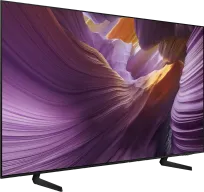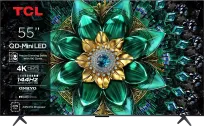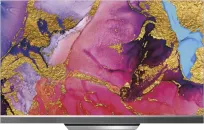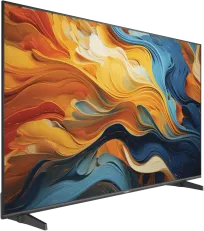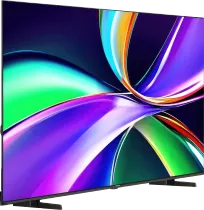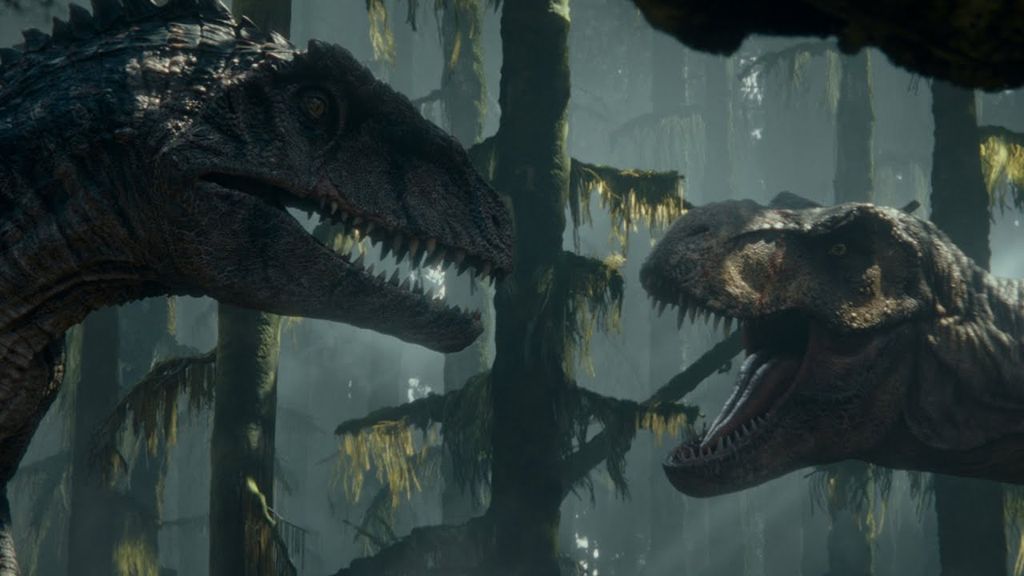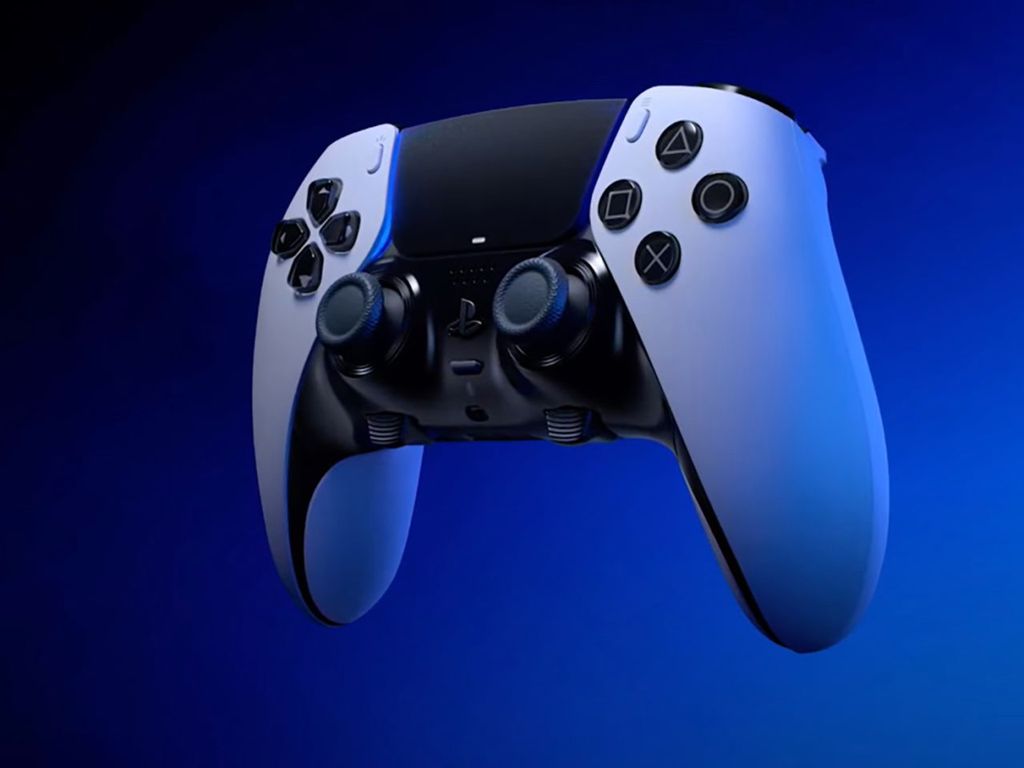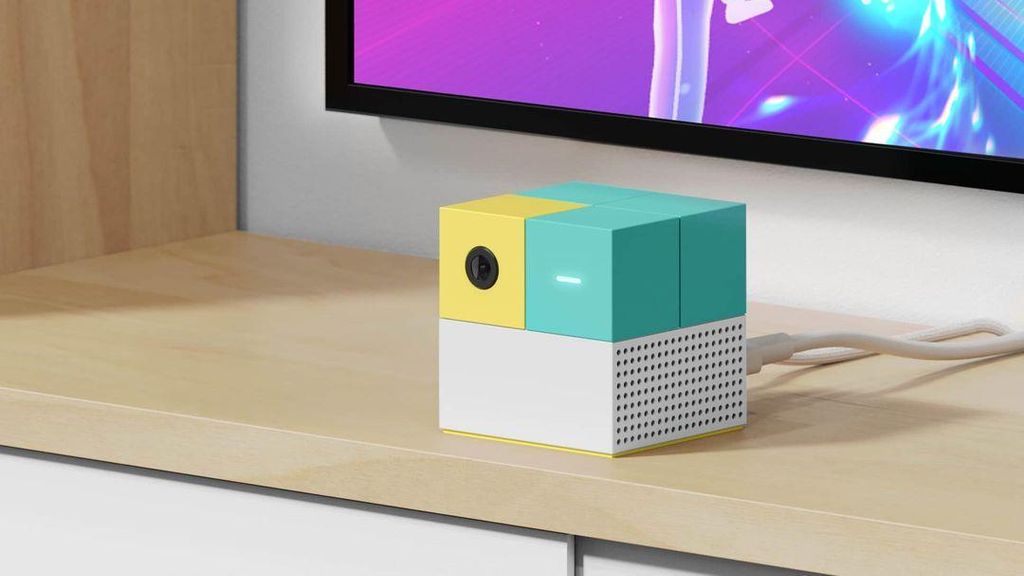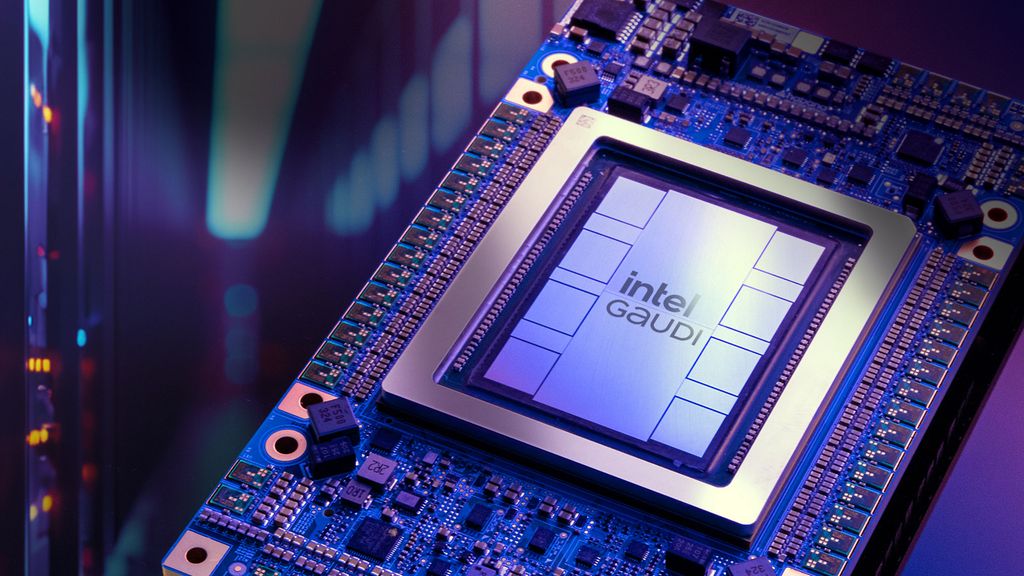
After months of silence and delays, Intel has officially announced its return to the competition in the AI chip market. At the Open Compute Summit, the company presented a new graphics processor for data centres – Crescent Island – expected in 2026. This is set to become the foundation of Intel's new approach to artificial intelligence – more open, modular, and focused on practical applications rather than merely on numbers in benchmarks.
“This chip has been designed with inference in mind, for the real operation of AI models, not just their training. We want to deliver the best performance to price ratio – true performance per dollar,” said Sachin Katti, Chief Technology Officer of Intel.
Crescent Island – chip optimised for AI and efficiency
Crescent Island will be a GPU architecture dedicated to data centres, designed to handle tasks related to AI – from running language models to real-time analytics. The chip will offer 160 GB of memory, although this will not be the fast HBM (High Bandwidth Memory) known from AMD Instinct or Nvidia Hopper solutions. Instead, Intel has opted for its own proven solutions from consumer cards to reduce costs and improve energy efficiency.
While this sounds like a compromise, in practice it may be a sensible move – Intel targets customers looking for a cheaper, scalable alternative to expensive Nvidia platforms.
New strategy: open ecosystem and modular design
Katti emphasised that Intel is focusing on an open and modular collaboration model with clients. This means that companies will be able to combine Intel chips with solutions from other manufacturers – including GPUs from Nvidia or AMD. “We do not want to lock customers into a single ecosystem. We are opting for mix and match, as we know this is the state of the AI market today,” said Katti.
This approach may prove crucial – especially at a time when large cloud companies, such as Amazon or Google, are creating their own AI chips and looking for ways to integrate with existing infrastructure.
Collaboration with Nvidia and the plan to return to annual launches
A surprise for the market was the information that Nvidia invested $5 billion in Intel, acquiring approximately 4% of its shares. Both companies are set to collaborate on developing new processors for PCs and data centres – which may be an attempt to strengthen their partnership in the face of increasing competition from AMD and cloud chip manufacturers.
Intel is also planning a new launch rhythm: one AI chip per year, similar to Nvidia and AMD. This is intended to allow the company to respond more quickly to market changes and the development of generative AI, whose demand has exploded since the launch of ChatGPT.
Challenges: delays, memory, and lost momentum
However, not everything looks rosy. Crescent Island is being developed at a time when Intel is still chasing the competition, and its earlier projects, such as Gaudi and Falcon Shores, have been put on hold. The chip will also not receive top-tier HBM memory, which means that it may not match the flagship designs of the competition in pure performance.
However, CEO Lip-Bu Tan assures that the company is getting back on track:
“We no longer just want to chase the market. We want to get back in the game – with our own identity and a real alternative to the current leaders.”
What next?
Intel plans to expand its AI portfolio, gradually introducing chips with varying levels of performance – from inexpensive inference cards to specialised processors for large language models. Crescent Island is set to be the first step towards rebuilding Intel's reputation as a serious player in the artificial intelligence sector.
 Katarzyna Petru
Katarzyna Petru


